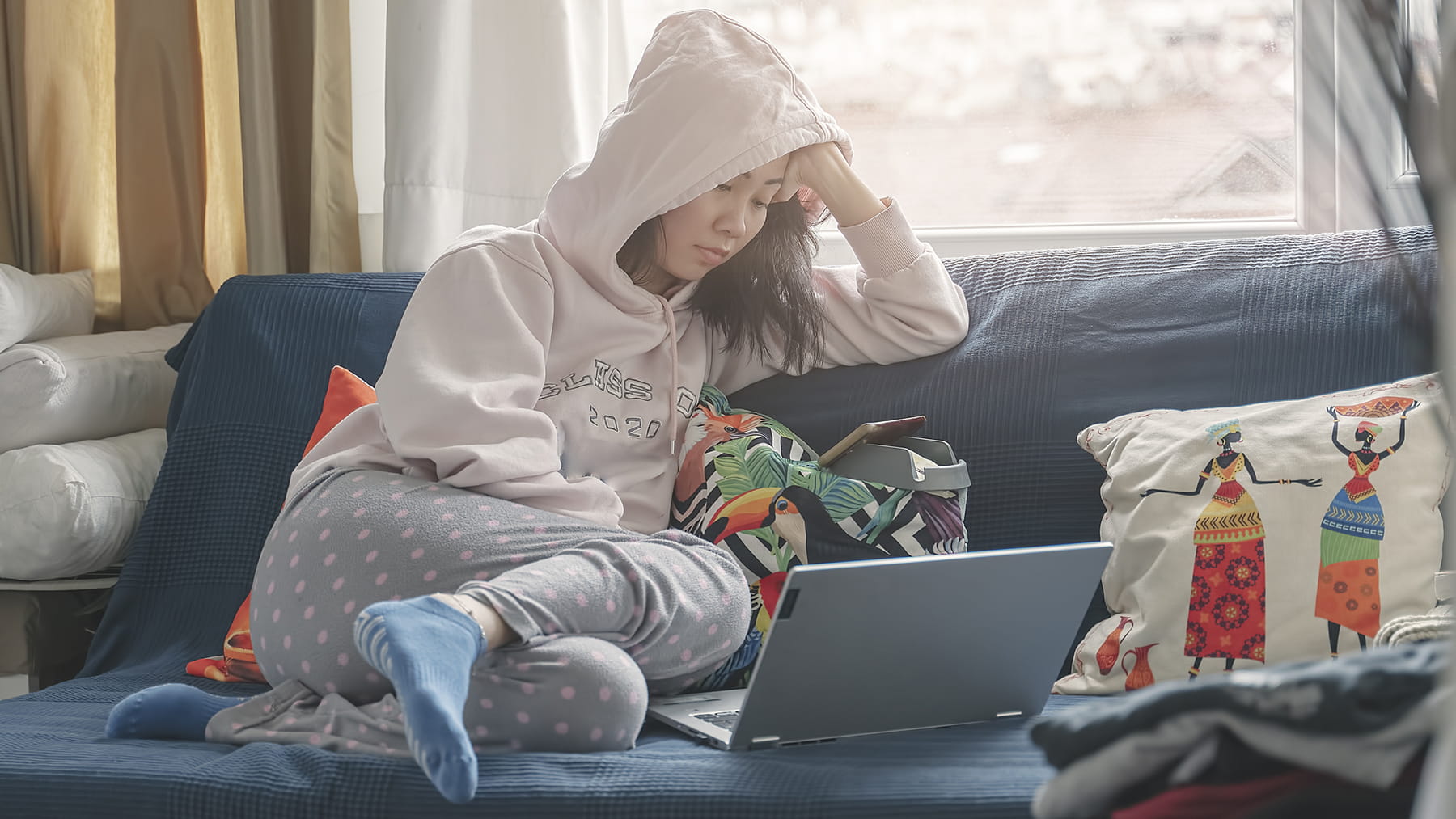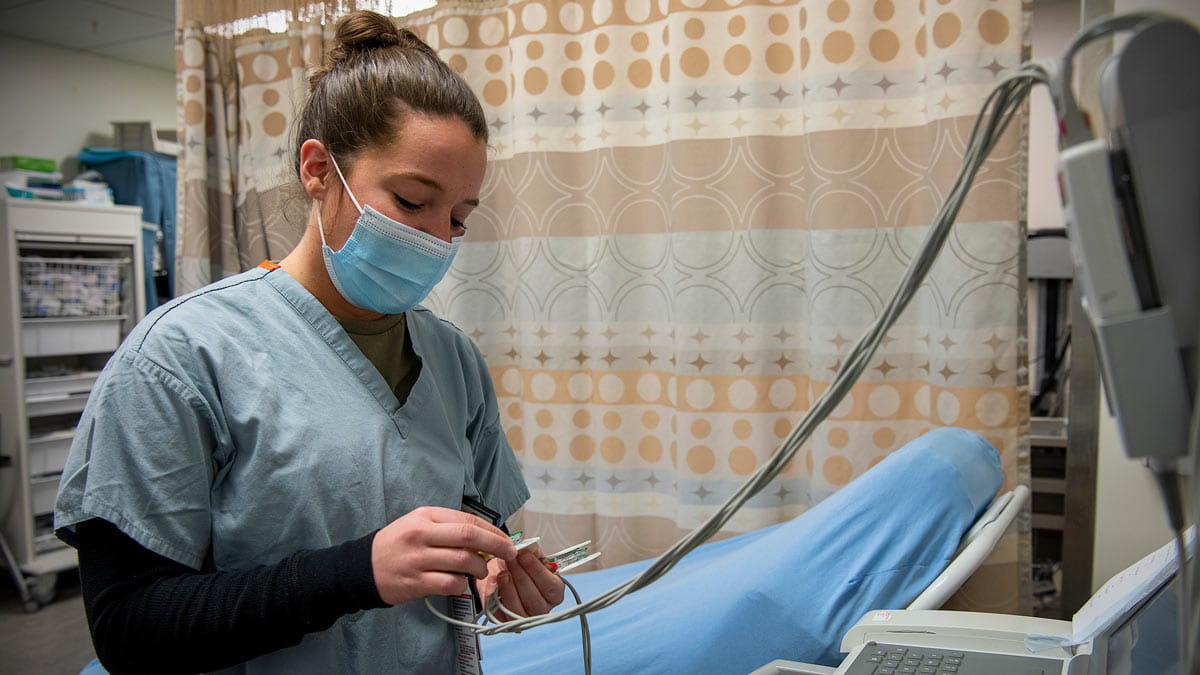What are we waiting for with COVID-19?
What signals the end of a pandemic?

Editor’s note: As what we know about COVID-19 evolves, so could the information contained in this story. Find our most recent COVID-19 blog posts here, and learn the latest in COVID-19 prevention at the Centers for Disease Control and Prevention.
Several months into the declaration of a pandemic in the United States, many people might be wondering what it will take for government leaders and health experts (like me) to give the “all clear” for the public to go back to more normal life.
It’s a difficult question to answer, but there are some considerations we all can keep in mind.
When could experts give the ‘all clear’?
I believe entities of influence from government and the scientific establishment will all give varying answers to this question. Ultimately, these decisions will likely come down to how many active COVID-19 cases are in our communities at a given time, and how well-sustained that number is.
Diseases can be measured in terms of incidence (all new cases, both active and resolved) vs. prevalence (active cases at any given time). Because prevalence is the number of active cases, this is the number that indicates the risk of COVID-19 spread in a community.
We can influence the prevalence of COVID-19 with the measures we’re taking now (physical distancing, wearing face masks, etc.) as well as other measures, such as vaccination.
Vaccination is much more sustainable than continuing to distance ourselves and take similar measures. Even when a community reaches an acceptably low number of active cases, we can’t be sure that the number will stay low without a widely deployed, effective COVID-19 vaccine.
Long before the "all clear" signal is sounded, we’ll likely need to continue wearing masks and socially distancing, and see an effective vaccine reach the market.
How can we know that a vaccine is safe when it’s released?
I’d urge everyone to keep in mind that an ineffective or unsafe vaccine is of little to no use to anyone. There isn’t much incentive to produce a vaccine that won’t work or that will cause harm.
Vaccines typically don’t make much profit for their manufacturers, so profit-motivated conspiracies about vaccine “fast-tracking” don’t hold much water. And while vaccines don’t generally create a pathway for profits for manufacturers, they do open the manufacturers to legal liability. That means that if something unsafe is brought to market, a manufacturer puts itself at significant risk.
Prescribers also can be very fickle and skeptical (as we’d hope they would be) about prescribing something new if there isn’t evidence to support its safety and effectiveness. And, no, as a physician, I don’t get a check from “Big Pharma” when I prescribe vaccines.
It’s important that we trust but verify that the industry is, while moving quickly, adhering to critical safety evaluation steps.
Why do experts’ guidelines for COVID-19 change so often?
The circumstances around COVID-19 have changed constantly because we’ve been building the plane while flying it. What we know, what resources we have in place, etc., continue to evolve. Fortunately, we now have a much better sense of what prevention and treatment methods work and what it’ll take to get through this.
Now, we just all need to work together toward the common goal of keeping COVID-19 prevalence sustainably low.
Why was the public told not to use masks, then given the opposite guidance?
At the beginning of the COVID-19 pandemic, there were simply not enough masks in the U.S. to meet demand, and there was no coordinated federal plan to support the need. Health experts pushed for limited use by the public because most of their environments were significantly lower-risk than the environments of those medically treating COVID-19 or COVID-19-possible patients, or of those taking care of elderly in a nursing home.
So, initially, the guidance was issued to preserve the supply of personal protective equipment (PPE) for those in high-risk situations who needed it most. Unfortunately, this was at the expense of those in lower-risk situations, but a compromise had to be made.
If we’d had a better supply of PPE at the point that COVID-19 arrived in the U.S., the recommendation to the general public likely would’ve been different from the start.
What are the best ways to keep up with changing guidelines?
Pay attention to what’s coming out from reliable sources.
Be cautious with what you pick up on social media, and treat all information with a level of scrutiny.
Many Ohio State Wexner Medical Center physicians like myself do their best to provide reliable information on social media (you can follow me at @DrGTheMD on Twitter and Instagram). The Ohio State Wexner Medical Center also has a regularly updated website of verified COVID-19 information, as do Johns Hopkins University, Cleveland Clinic, Mayo Clinic and other academic health centers.
Verify your sources, and try to determine whether the source has an ulterior or political motive behind what they’re sharing.
Iahn Gonsenhauser is the chief quality and patient safety officer at The Ohio State University Wexner Medical Center and an assistant professor in the Ohio State College of Medicine.




